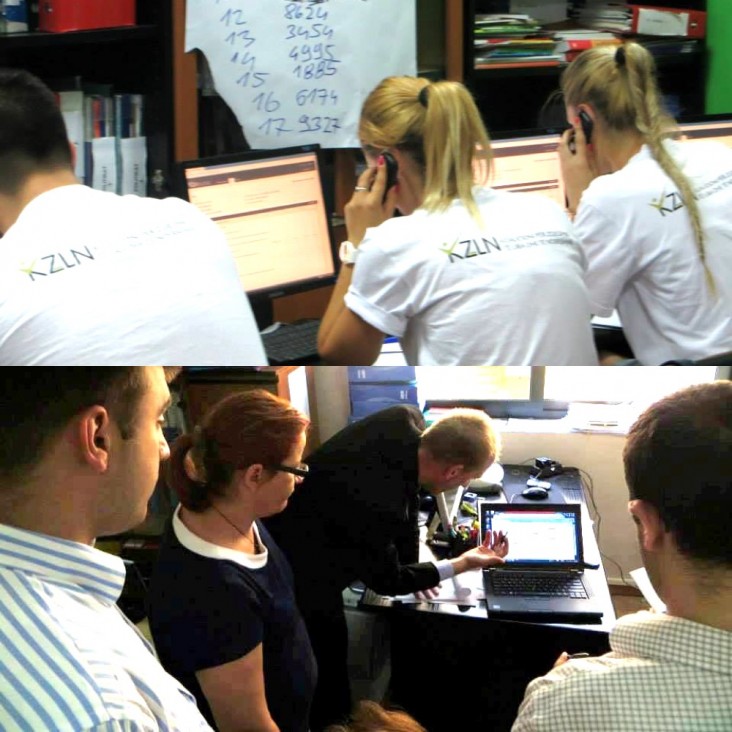
March 2015—Albania has a troubled history with electoral conflict, and the 2013 election was considered an important test for Albania’s democratic development. With a history of corruption scandals and alleged voting fraud, the country looked to technological assistance to avoid the problems of the past.
In the two years leading up to the elections, the country experienced multiple anti-government street protests (one resulting in the death of four protestors), while there were few signs that Albania’s political class could conduct free and fair parliamentary elections.
Past electoral cycles showed that Albania’s Central Elections Commission (CEC)—the authority with the legal responsibility to undertake decisions, make regulations and adjudicate complaints—did not have transparent or timely tracking and reporting of results, much less the confidence of the public and political parties in the ballot counting and reporting systems. After 2011 elections, it took four months to complete the process and announce final results.
Less than six months before Election Day in 2013, the CEC approached USAID for support to create an integrated electoral management system for the upcoming and future elections. With a modest $500,000 budget and severe time pressures, USAID agreed to build an IT system, named ALBERT, that would enable a more efficient, transparent process, and to conduct training.
On June 23, 2013, 53.5 percent of Albanian citizens exercised their right to vote. Voting generally was peaceful and observers assessed voting and counting procedures positively. As voting centers closed, counting proceeded slowly, but progressed, and the CEC began tabulating results through ALBERT.
Albanian media began reporting the results from the CEC projection screen, the website and via mobile apps linked to the live results tracker—all linked to ALBERT. The CEC website received nearly 4 million page views from Albania and over 100 other countries. ALBERT’s software was successfully reporting results and allowing live tracking functions, providing the public with real-time information and confidence.
On June 25, with 98 percent of the ballot boxes counted, the outcome was clear—the opposition’s resounding victory was imminent. However, acceptance of the results by the CEC was not. Throughout this process, it was ALBERT that provided multiple checks and verifications, making fraud much more difficult.
“The behind-the-scenes IT assistance the United States provided was absolutely critical to the success of the electoral process,” said Conny McCormack, head of the Organization for Security and Cooperation in Europe’s Election Observation Mission. “It was an ambitious program with an extremely tight time frame and a million moving parts, but it was perfectly executed. This had a huge impact on the acceptance of results and the Central Elections Commission now has a solid system for future elections.”
The opening session of Albania’s Parliament on Sept. 9, 2013, was the first time in the country’s brief democratic history that no party boycotted the session. Building on this success, USAID has continued to work with the CEC to ensure that ALBERT is ready for use in upcoming local elections.
LINKS







Comment
Make a general inquiry or suggest an improvement.